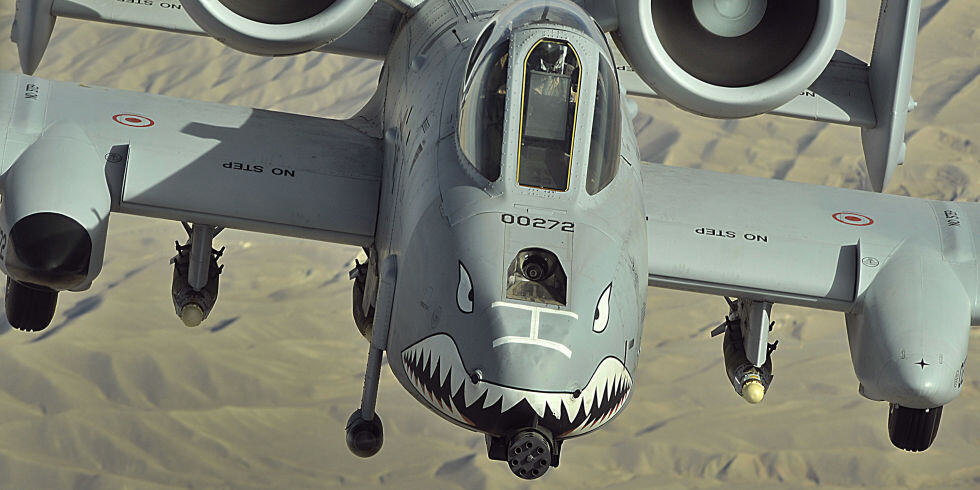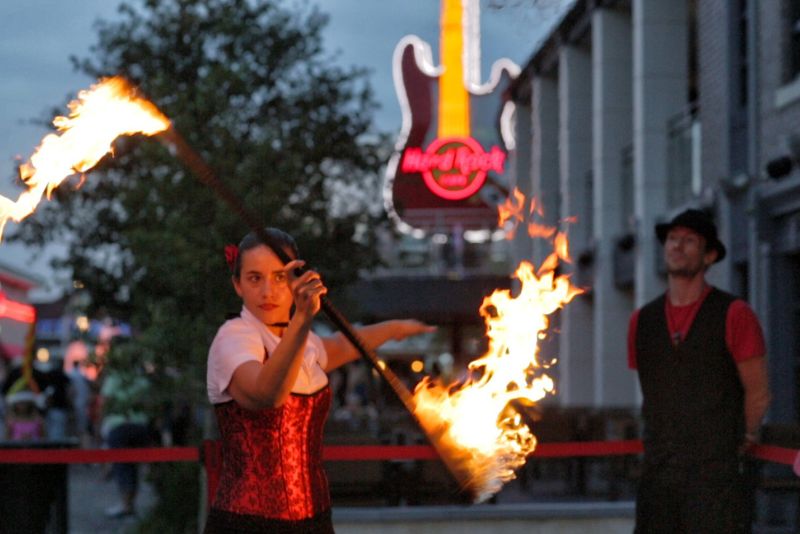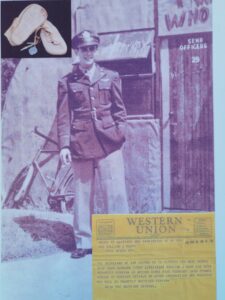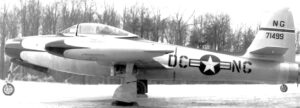The Fairchild Republic A-10 Thunderbolt II
by Melissa LaScaleia
Long before small, colorful helicopters transported tourists over the coastline for sweeping views of our sandy beaches, or commercial planes whisked visitors to and from Myrtle Beach, a very different sort of aircraft dominated the skies in this area— the Fairchild Republic A-10 Thunderbolt II.
The A-10 Thunderbolt II is a single seat, straight-wing jet aircraft that was developed in the ’70s by Fairchild Republic for the United States Air Force for use in combat situations. It was used at the Myrtle Beach Air Force Base from 1977 until the base’s final closure in 1993.
The jet aircraft is named after the P47 Thunderbolt from WWII, and is nicknamed the “Warthog” because it is large, lumbering, and relatively unattractive. The aircraft had staying power, however, because of its many other virtues.
Its low-maintenance mechanical needs means it can be serviced and operated from bare-bones bases near battle scenes. Many of its parts are interchangeable left and right, including the engines and main landing gear.
The Warthog is primarily used to support ground troops at close quarters. And because it is protected by titanium armor, it can withstand direct hits from armor-piercing and high explosive projectiles, remain intact, and bring the pilot to safe landing.
Since its inception, the A-10 has gone through a series of updates and evolutions. It costs $18.8 million dollars, and can reach speeds of 450 nautical miles per hour.
The A-10 has been described as a giant flying gun with wings. It has a canon that is over 19 feet long; shoots bullets the size of beer bottles; and the gun and ammunition together weigh over 4,000 lb. The bullets travel speeds of 2,200 mph and destroyed many tanks in the Gulf War. Its short takeoff and landing capability makes it an asset in front-line operations.
In the 90s, the Air Force wanted to phase out the A-10 Thunderbolt in favor of F-15 and F-16 fighter jets. The proposal contributed to the decision to close the Myrtle Beach Air Force Base.
But the Army wanted the A-10 to continue flying. The two branches of military fought over whether the A-10 deserved the military’s financial resources or not. The decision to keep the A-10 as part of the military came after the Air Force’s final decision to close the Myrtle Beach base.
Today, you can see this relic from Myrtle Beach’s past at Warbird Park. The park is located just off of Farrow Parkway, in the Market Common.




















